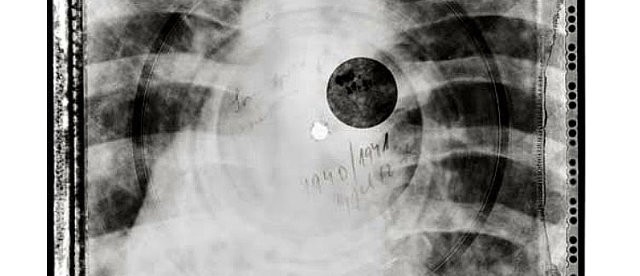

- #Dark noise digital xray how to
- #Dark noise digital xray generator
- #Dark noise digital xray registration
- #Dark noise digital xray series
For this reason, different cameras that use the same imager may have different values for their read noise. Some of these factors are dependent upon the imager, but it is also a function of the design, partitioning and layout of the camera electronics. It includes the temporal variations introduced in the process of transferring charges from each pixel, converting charges to a voltage waveform and then digitizing the waveform. Although it is typically specified as a number of electrons (for example, read noise = 2e –), it is an aggregate of several different non-idealities. She worked chairside as a dental assistant for 13 years in private practice.Read noise is a term used to describe the temporal variation caused by non-idealities in the measurement process. Mary Ann Rupertus has been with Sirona Dental for nearly 20 years as a clinical specialist. Place between the tongue and teeth, and right before the patient closes to pressure, swing the front edge of the sensor to the middle of the mouth to follow the curve of spee and break open the contacts. If the horizontal bitewings are coming out crooked, make sure an adhesive tab is placed in the center of the sensor and does not twist.

#Dark noise digital xray generator
Also, you can consider updating your generator if it is more than 10 to 15 years old. This will create a better image by allowing the rays to travel a longer distance before reaching the target. If the positioning is correct, confirm the generator settings (technique factors) are set properly.Įven with the lowest exposure settings, some images can come out too dark. To avoid grainy images, ensure the cone is against the ring and the ring is against the face. When radiation fails to fully reach the sensor, it can result in a lack of signal and grainy images. If you need to change anything, it will be the pulses or exposure times depending on the area of the mouth or size of the patient.
#Dark noise digital xray series
Do not change them between images–they should stay constant during a full-mouth series or bitewings. Make sure the exposure KVP and MA settings are correct on the x-ray source (65-70 KVP is suggested). This is the only way to ensure consistent image quality every time. Place the ring against the face and the cone against the ring. It also provides stability to hold the sensor in the mouth. A paralleling device, such as the arm and ring positioning system, can help with consistent cone placement and correct angulation. Place the sensor as parallel to the teeth as possible to help ensure even distribution from the radiation source. Use a holder set to help get and keep the sensor in place and guarantee a good image every time. Sometimes it's about machine settings, features, and calibration other times, it's the x-ray angle, viewing conditions, or anatomy.Īs a clinical product trainer and digital intraoral sensor placement specialist for more than 17 years, I have experienced dentistry practiced in all possible forms and have developed techniques to help make capturing images with digital intraoral sensors more consistent. Learning the best way to manipulate those factors can directly affect image quality. Although digital radiography delivers superior diagnostic advantages compared to film, success relies on a number of factors: proper sensor placement, good contrast, density, sharpness, and resolution.

Tips to share with the entire dental teamĭigital intraoral imaging is an essential part of dentistry today.
#Dark noise digital xray how to
How to Take Better Digital Intraoral Images
#Dark noise digital xray registration
Registration on AEGIS Dental Network is free. You must be signed in to read the rest of this article.


 0 kommentar(er)
0 kommentar(er)
